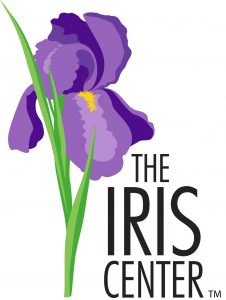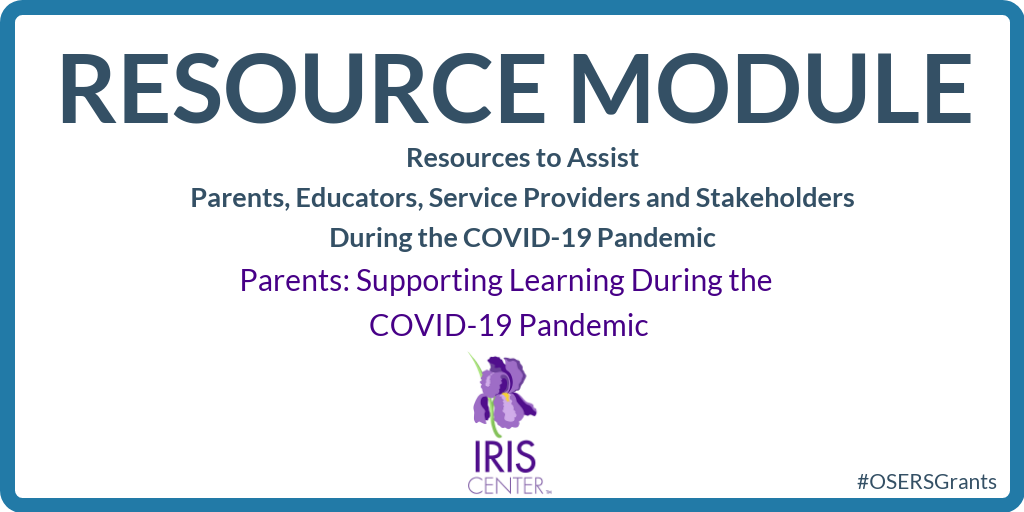Sixteen-year-old Carlos has just been incarcerated in a juvenile corrections facility for the second time. He has many characteristics that are common among juvenile offenders: he was raised in a single-parent household; he grew up in a high-poverty, high-crime neighborhood with negative peer and family influences; and he has a learning disability.
In the United States, roughly 54,000 youth reside in juvenile corrections facilities on any given day. Though precise figures are difficult to come by, it is estimated that the percentage of incarcerated youth with disabilities typically range from 30 percent to 60 percent, with some estimates as high as 85 percent. This means that in a class of 15 students, anywhere from 5 to 13 of those students are likely to have a disability, most commonly specific learning disabilities (SLD), emotional or behavioral disorders (EBD), intellectual disability (ID), or attention deficit hyperactivity disorders (ADHD).
Whether or not they are incarcerated, students with disabilities are entitled to the free appropriate public education guaranteed to them under the Individuals with Disabilities Education Act (IDEA). More than 16,000 incarcerated youth were served under IDEA from 2012 to 2013. However, less than half of all incarcerated youth during that time, who were identified as having a disability, reported receiving special education services. Furthermore, students who receive inadequate or no instructional services are more likely to be rearrested and reincarcerated within 12 months of their release. Unfortunately, educators face significant challenges in helping these students meet the rigorous expectations tied to college-and-career readiness standards.
IRIS Center’s Resources on Youth with Disabilities in Juvenile Corrections

The Office of Special Education Programs (OSEP) funds the IRIS Center, which has released a new module on youth with disabilities transitioning from juvenile corrections to school and community.
In response to these important issues, the Office of Special Education Programs (OSEP)-funded IRIS Center has developed an online learning module, Youth with Disabilities in Juvenile Corrections (Part 2): Transition and Reentry to School and Community.
This instructional module includes a detailed overview of transition planning processes and practices at system entry and incarceration, as well as system exit and aftercare. The module presents audio interviews with experts in the field. These include the following OSEP-funded model demonstration project leads:
- Heather Griller Clark and Leslie LaCroix of Project RISE,
- Jean K. Echternacht of the MAP Institute on Community Integration, and
- Deanne Unruh of STAY OUT.
The module also highlights the work of these projects, which have been designed to:
- identify strategies for reducing recidivism and
- promote the successful reentry of students with disabilities from juvenile correctional facilities into education, employment, and community programs.
We encourage you to explore the Youth with Disabilities in Juvenile Corrections (Part 2): Transition and Reentry to School and Community module. Here you will learn more about Carlos (featured above), and his journey through the transition and reentry process. Please also check out part one of the juvenile correction series, Youth with Disabilities in Juvenile Corrections (Part 1): Improving Instruction.
Visit the IRIS Center website for a vast array of resources on important educational topics.





